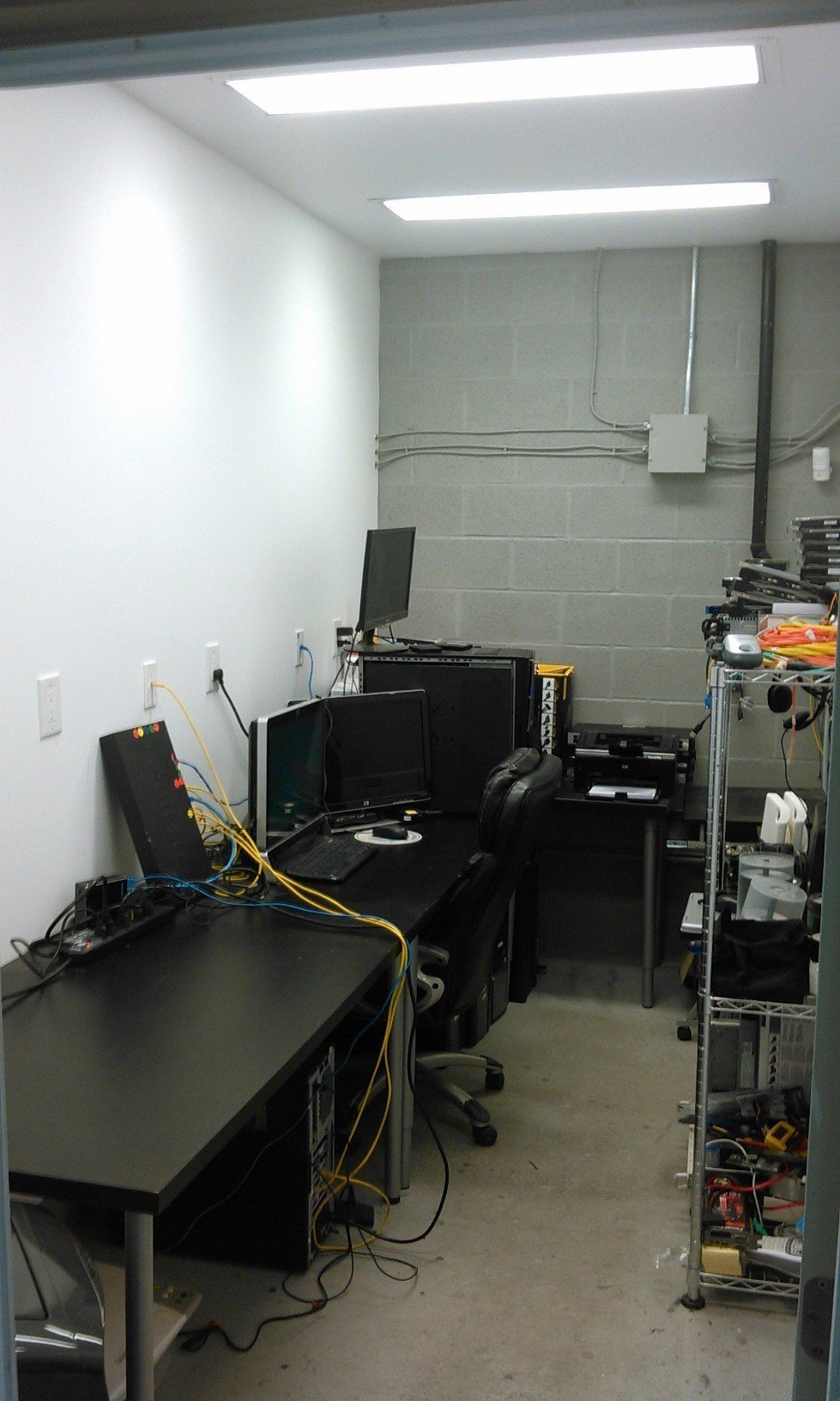Biomarkers will be great when they're truly proven.
One nice thing about longevity studies is that the lab animals wouldn't need any testing, and only minimal monitoring. You basically just want to know how long they live. That should dramatically simplify things compared to studies that are looking at blood chemistry, organ states, body function, and so on.
Regarding the best choice of lab animals, here are typical lifespans:
Mice: 1 to 3 yrs
Hamsters: 2 to 3 yrs
Gerbils: 2 to 3 yrs
Rats: 2 to 4 yrs
Guinea Pigs: 5 to 7 yrs
Although Guinea Pigs are appealing due to the fact that they share our lack of Vit C, the shorter lifespan of mice would seem to make them a better choice for a relatively low-budget program.
Perhaps this should be organized as a formal attempt to win the Methuselah Mouse Prize. I have to say I'm excited by the idea of working to develop a program that would make a mouse immortal.
I'm imagining a plan where we would have a control group plus four or five study groups, each with a different mix of interventions. Rather than studying a single compound or intervention, as nearly every academic lab does, the idea would be to mirror programs we could and would do as humans.
After reading a few papers, a typical setup seems to be:
C57Bl/6 mice (relatively inexpensive and readily available commercially)
2 to 5 mice per cage
Maintained at 22 +/-0.5°C
12-12 hour day-night cycle
Cages and bedding changed once/week (sterlized with an autoclave)
The number of mice per study group seems to vary between roughly 12 and 30. Some studies use all-male mice; others use mixed-sex.
Overall, this seems very doable.
Edited by AceNZ, 25 January 2019 - 11:19 PM.


















































